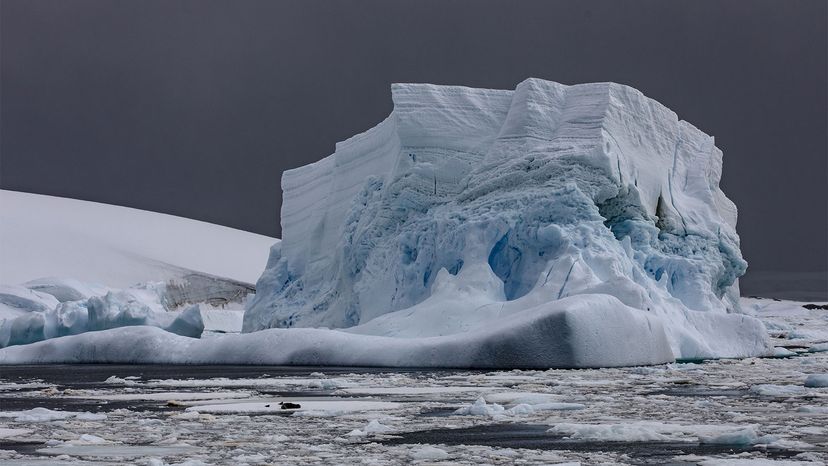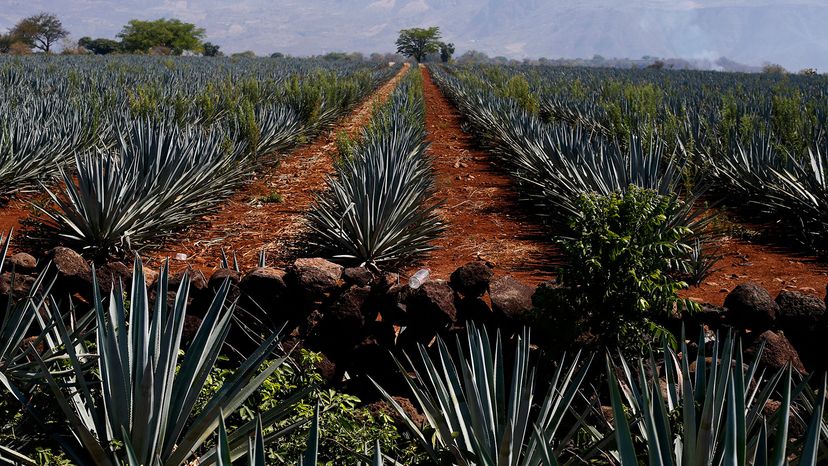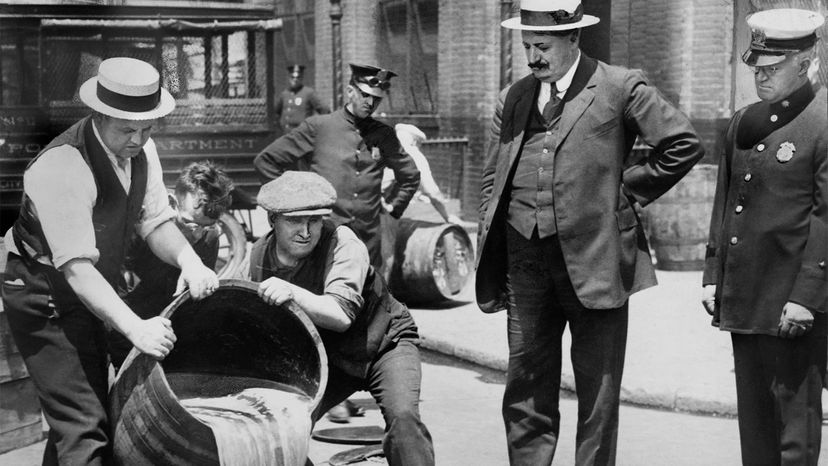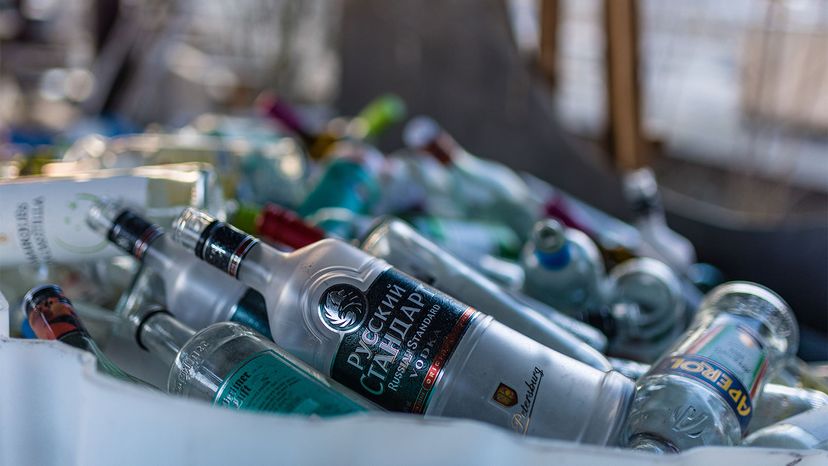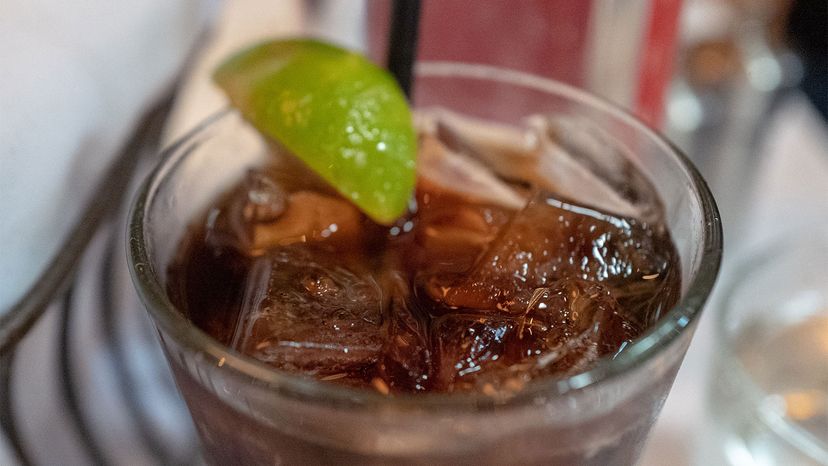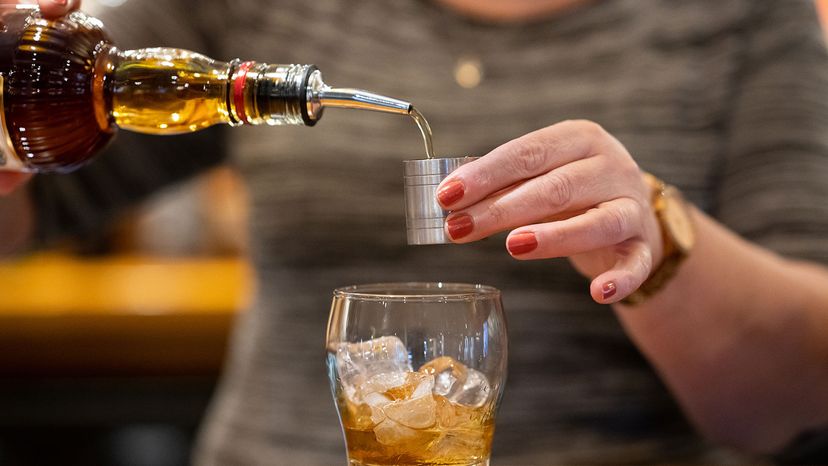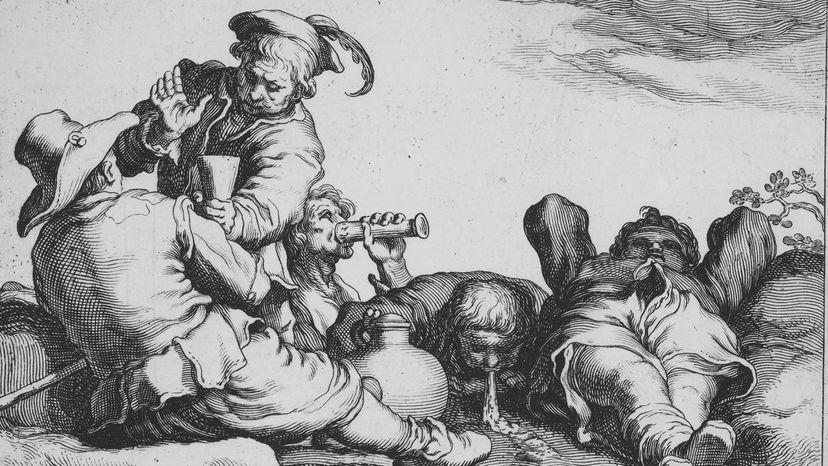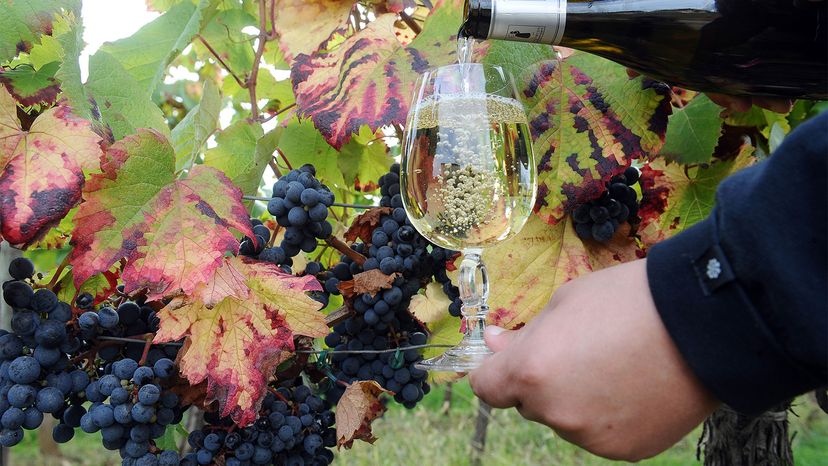
Drinking has been so widespread throughout history that Patrick McGovern, an archaeological chemist at the University of Pennsylvania, called it "a universal language" in an Economist article. Indeed, you're hard-pressed to find a culture or event in history that alcohol (or lack of it) didn't feature in some way.
In a sense, alcoholic beverages are just a simple matter of chemistry and physiology. When yeast cells consume carbohydrates in grains, vegetables or fruits, they produce a fluid called ethyl alcohol. The latter, when ingested by humans, is converted into a chemical called acetaldehyde, and then eventually broken down into carbon dioxide and water. While ethyl alcohol is toxic in large enough doses, in more moderate quantities it merely relaxes the muscles and stimulates the brain by depressing inhibitions [source: Encyclopaedia Britannica].
Advertisement
But that explanation hardly does justice to a substance that people have been eagerly producing and consuming since the dawn of human civilization. The ancient Sumerians, who lived 4,500 years ago, even worshipped a goddess, Ninkasi, who ruled over the brewing and distributing of beer to the populace. In a royal tomb, we find figures sucking brew with straws out of what resembles a modern beer keg [source: Gately]. Who knew?
In that spirit (pardon the pun), here are 10 fascinating facts about alcohol that will enrich your cocktail conversations.

